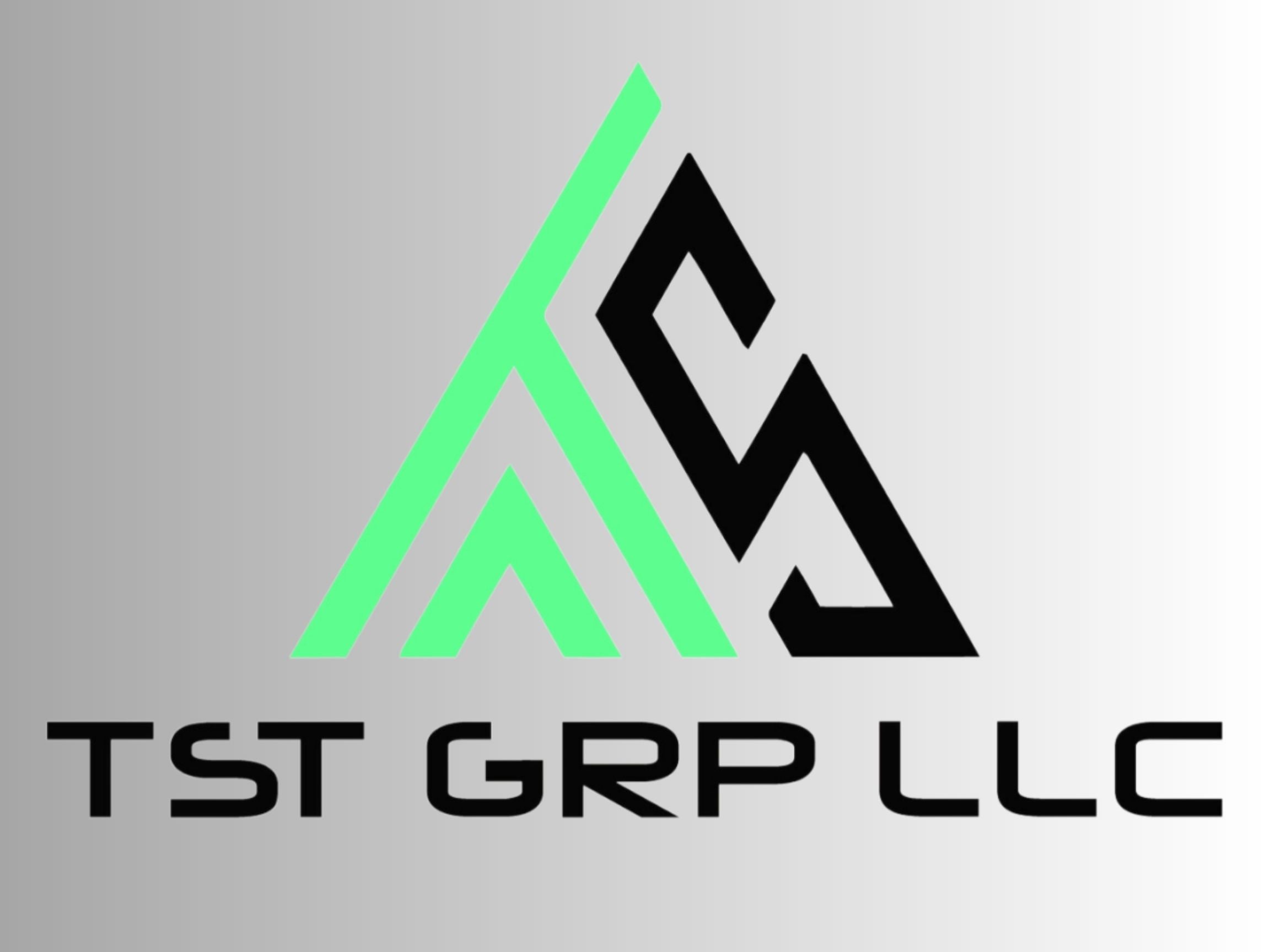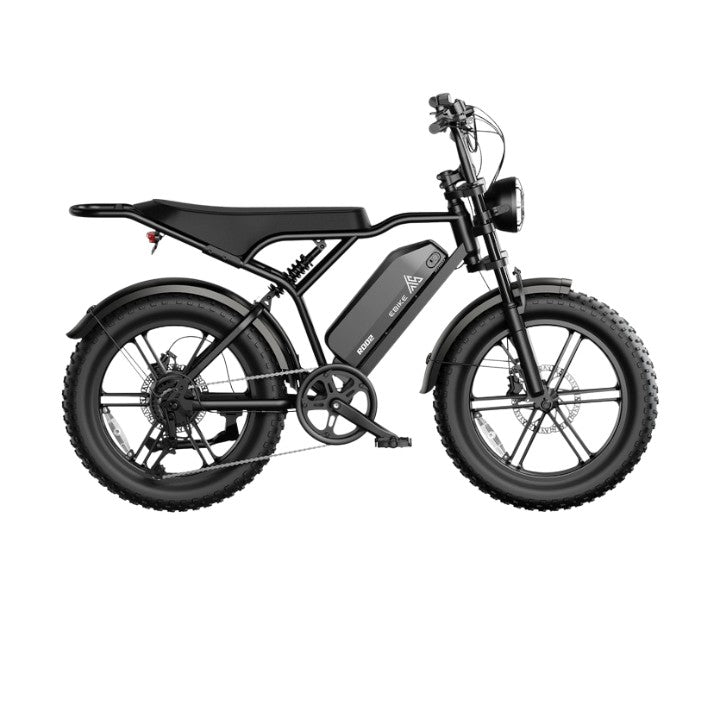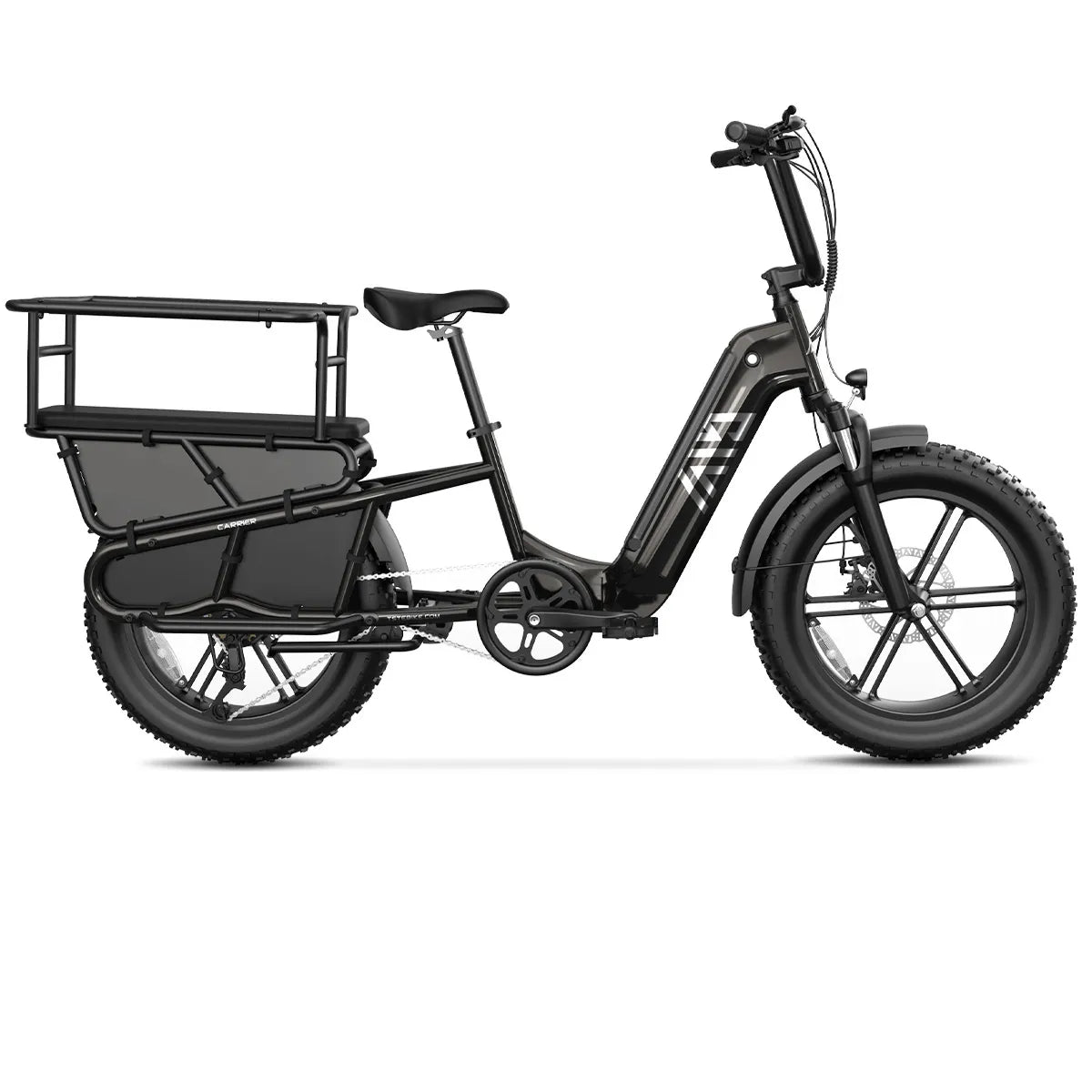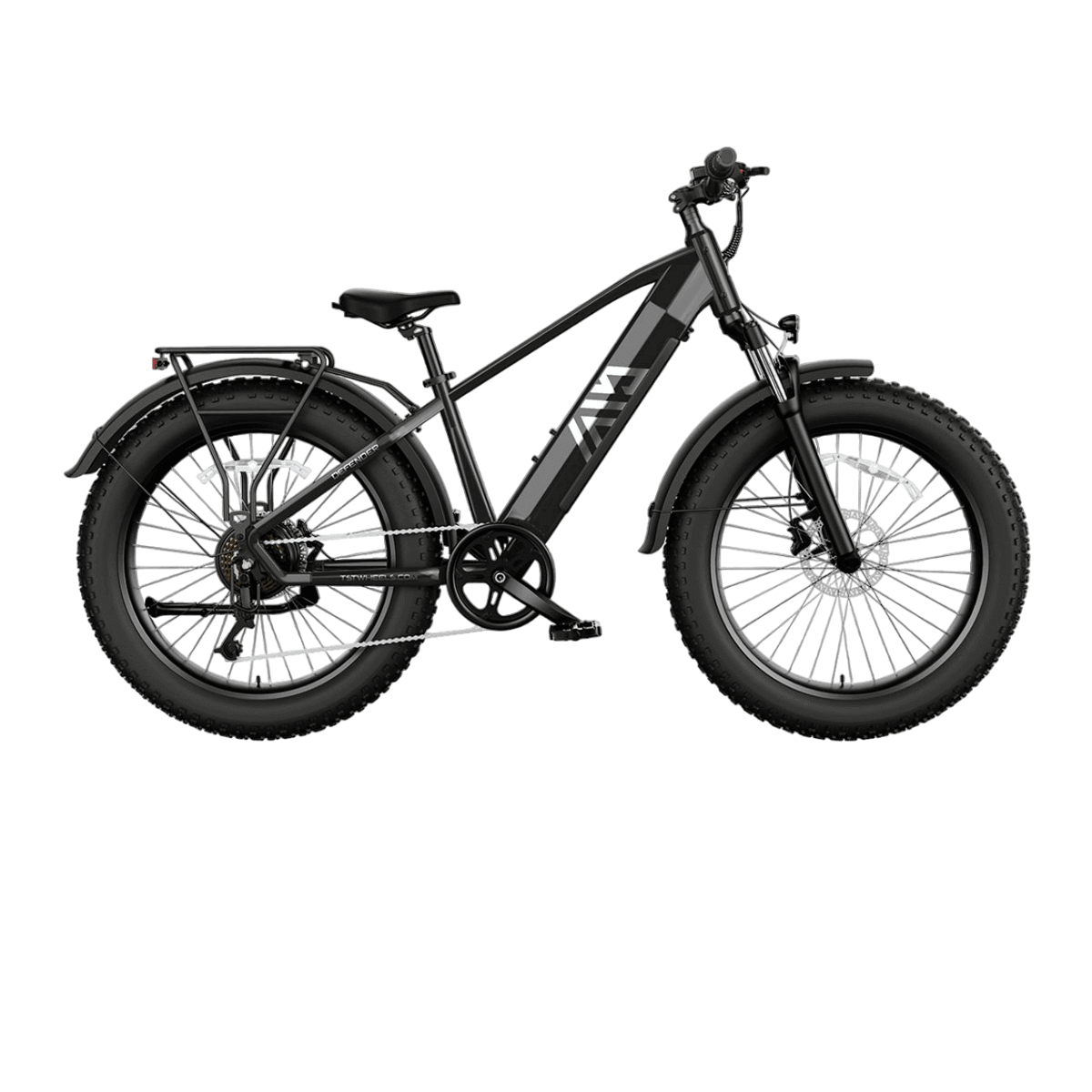E bike electric motors in 2025 blend high torque, efficient power delivery, quiet operation, and lightweight design to offer smooth, natural pedal assistance suited for diverse riding styles. Leading motor systems from Bosch, Shimano, Brose, and TST EBike power models ranging from commuter to off-road bikes, optimizing ride feel, battery efficiency, and rider control.
What Are the Top Electric Bike Motor Types and Their Key Features?
The main types of e bike electric motors in 2025 include mid-drive motors and hub motors—front or rear—with mid-drives dominating performance bikes and hub motors common in more affordable models. Key motor systems leading the market are:
E Bike Motor Comparison Chart
| Manufacturer | Model | Torque (Nm) | Peak Power (W) | Weight (kg) | Key Feature |
|---|---|---|---|---|---|
| Bosch | Performance Line CX Gen5 | 85 | 600 | 2.8 | Smooth, quiet, high-torque mid-drive |
| Shimano | EP801 | 85 | 400 | 2.7 | Lightweight, customizable power profiles |
| Brose | Drive S Mag | 90 | 410 | 2.98 | Natural ride feel, quiet belt-driven |
| TST EBike | Custom Motors | 80-100 | 1000+ | Varies | High power, designed for durability and torque |
| Specialized | SL 1.2 | 50 | 237 | 1.93 | Compact, light, focused on nimble urban rides |
Mid-drive motors like Bosch’s Performance Line CX Gen5 and Shimano’s EP801 deliver strong, consistent torque ideal for climbing and variable terrain, while hub motors offer simplicity and often a quiet ride for casual commuting. Brose motors emphasize smooth, natural pedal assistance with low noise. TST EBike’s motors are high-power units customized for rugged performance in both commuter and off-road applications.
How Do Motor Torque and Power Affect E Bike Performance?
Torque, measured in Newton meters (Nm), determines how much rotational force the motor can provide, directly affecting hill climbing and acceleration. Higher torque motors (85-100+ Nm) offer effortless power delivery on challenging inclines and carrying heavy loads. Peak power ratings (250W to over 1000W) indicate maximum output, influencing top speed and acceleration.
Motors with torque sensing pedals provide pedal-assist proportional to rider effort, producing a smooth, natural feel and extending battery life compared to simpler cadence sensors. Power delivery that is finely tuned helps avoid abrupt surges, promoting rider confidence and preserving drivetrain components.
Which Motor Placement Options Exist and What Are Their Benefits?
- Mid-drive motors: Located at the crank, mid-drive motors drive the bike’s chain, leveraging gear ratios for efficiency and balanced weight distribution, improving handling especially on off-road or hilly rides.
- Hub motors: Positioned in front or rear wheel hubs, these motors offer simplicity, lower weight, and cost. Rear hub motors typically provide better traction than front hubs. They add weight to the wheel, affecting ride feel, generally less efficient on steep climbs.
Mid-drive setups are preferred for performance e-bikes and cargo bikes due to versatility, while hub motors suit urban commuters, folding bikes, or budget models.
How Does Motor Weight and Noise Impact the Riding Experience?
Lightweight motors reduce overall bike weight, improving handling and transportability. For example, Specialized SL1.2 weighs under 2 kg, making it ideal for agile urban rides, whereas more powerful motors weigh around 2.7-3 kg.
Noise levels factor heavily into rider comfort; modern motors employ refined engineering to minimize buzzing or whirring. Bosch CX Gen5 and Brose Drive S Mag excel in delivering quiet assistance, important for natural ride feel and low disturbance in urban or natural environments.
What Are Common Features and Technologies in 2025 E Bike Motors?
Cutting-edge motors include features such as:
- Torque sensing: Adjusts power based on pedal pressure for intuitive response.
- Multiple assist modes: Riders can choose from eco to turbo modes optimizing range or power.
- Regenerative braking: Some motors recapture energy during braking to extend battery life.
- Integrated controls and connectivity: Enable smartphone app customization, diagnostics, and firmware upgrades.
- Thermal management: Prevents overheating during prolonged climbs or heavy use.
These innovations improve efficiency, longevity, and rider engagement.
Buying Tips
When selecting an e bike electric motor, consider torque ratings aligned with your terrain and usage—higher values (above 80 Nm) for hilly or cargo riding. Evaluate motor type preferences: mid-drive for performance and versatility, hub motors for simplicity and cost-effectiveness. Prioritize quiet operation and integrated features such as multiple assist modes and smartphone connectivity for customization.
Trusted brands like TST EBike emphasize quality-controlled motors balancing power and reliability, tailored to diverse rider needs including rough terrain and urban commuting. Always check warranty terms and service support to ensure long-term satisfaction.
TST EBike Expert Views
“TST EBike is committed to delivering electric bike motors that fuse high torque, efficiency, and durability to elevate rider experience across all scenarios,” shares a TST engineer. “Our motors are designed not only for robust power but also for smooth, natural pedal assistance, quiet operation, and advanced control integration. We focus on meeting rider demands for reliability and performance whether on urban streets or rugged trails.”
FAQ
Q1: What motor torque is ideal for e-bikes?
A1: Torque ratings of 80 to 100 Nm provide strong hill climbing and load carrying capabilities, suitable for most adult riders.
Q2: Which motor type is better, mid-drive or hub motor?
A2: Mid-drive offers better efficiency and versatility especially on hills, while hub motors are simpler and often cost less, ideal for flat terrain commuting.
Q3: How important is quiet operation in e-bike motors?
A3: Very important; quiet motors enhance ride enjoyment and reduce urban noise pollution, common in Bosch and Brose motors.
Q4: Can I customize motor settings?
A4: Many modern motors allow app-based tuning, offering different assist modes and diagnostics.
Q5: Are lightweight motors always better?
A5: Lighter motors improve handling for urban or folding bikes, but power and torque ratings should suit your riding needs.





Leave a comment
All comments are moderated before being published.
This site is protected by hCaptcha and the hCaptcha Privacy Policy and Terms of Service apply.